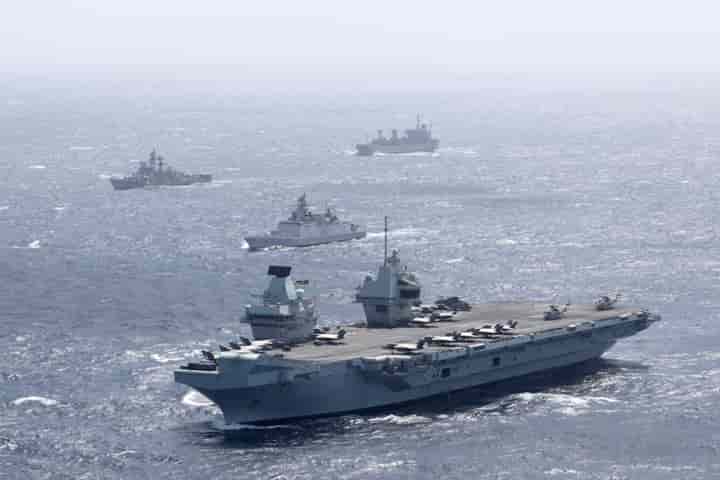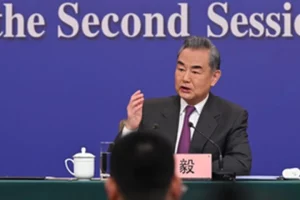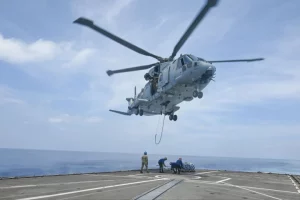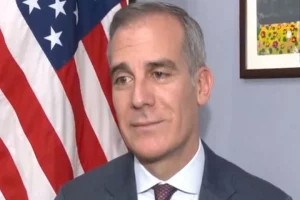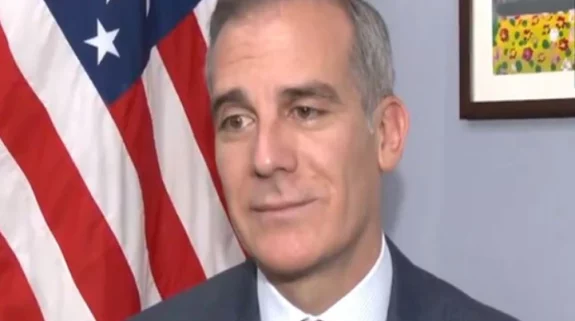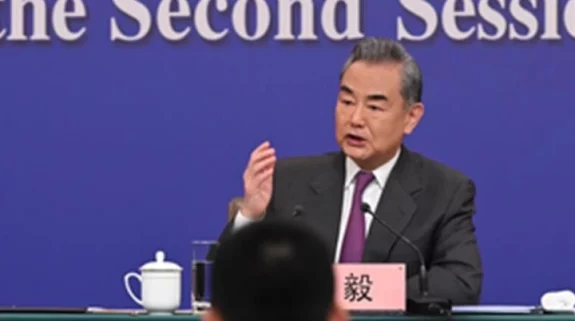The three-day Naval exercise between the Indian and British navies, which began on Wednesday, is seeing warships from both sides conducting a range of multi-ship, air, sea and anti-submarine drills, as well as close quarter manoeuvring.
The exercise is being conducted at a time when both the UK and India are in the midst of bolstering the capabilities of their navies with aircraft carriers, and the UK carrier strike group is spearheading Britain’s joint expeditionary capability in a clear message to China’s muscle flexing in the Indo-Pacific, including the South China Sea.
India is already part of a collective response to Chinese belligerence by being part of the Indo-Pacific QUAD, which includes Australia, Japan and the United States as partners. After the outbreak of Covid-19 pandemic there is chatter about the QUAD mutating into a QUAD-plus, with the inclusion of other like-minded countries in the group. Apart from the UK, France and Germany, key heavyweights of the European Union, which have strategically bonded after the end of World-War-II have also vocalised their deeper interest in the Indo-Pacific in recent months. Geographically, the Indo-Pacific is a vast area on either side of the Malacca straits that connect the Indian and the Pacific oceans.

The aircraft carrier HMS Queen Elizabeth, Britain’s largest warship, and its strike task group is conducting complex maritime exercises with the Indian Navy in the Bay of Bengal as part of efforts to enhance interoperability and naval cooperation.
Also Read: UK to deploy two war ships in the Indo-Pacific as deterrent to China
Britain has sent the 65,000-tonne carrier and its task group to the Indian Ocean as part of the country’s moves to enhance its profile in the Indo-Pacific and to foster defence ties with nations across the region. The task group is set to sail to the disputed South China Sea on the next leg of its deployment.
“This enables both forces to advance their interoperability and cooperation ahead of further exercises when the carrier strike group returns to the Indian Ocean in autumn. The combined forces equate to 10 ships, two submarines, approximately 20 aircraft and almost 4,000 personnel,” the British high commission said in a statement.
“The joint endeavour provides tangible security to our friends and a credible deterrence to those who seek to undermine global security. An Indian warship will also exercise with the Royal Navy off the coast of the UK in August,” the statement added.
The Indian Navy was represented by INS Satpura, Ranvir, Jyoti, Kavaratti, Kulish, and a submarine. The exercise also included the P8I, a long-range maritime reconnaissance aircraft capable of anti-submarine warfare.
Also Read: Biden wants the next Quad summit in-person, why is it important for India?
HMS Queen Elizabeth is equipped with fifth generation F-35B Lightning multi-role aircraft, which are jointly manned by the Royal Air Force, Royal Navy and US Marine Corps. The group includes six Royal Navy ships and a submarine, a US Navy destroyer, a frigate from the Netherlands and 32 aircraft, and is manned by 3,700 sailors, aviators and marines from the combined forces of the UK, US and the Netherlands.

First Sea Lord, Admiral Sir Tony Radakin said: “This is a month that will see the Royal Navy and Indian Navy meet and work together in two oceans – beginning in the Indian Ocean as the UK Carrier Strike Group arrives for the first of multiple UK-India exercises and events. Later this summer, both will participate in a separate exercise in the Atlantic Ocean. The deployment is proof of the strength, energy and significance of the growing relationship between our navies.”
Vice admiral Ben Key, Britain’s chief of joint operations, described the carrier strike group’s deployment as a “symbol of Global Britain in action” that showcased the UK’s commitment to India, the Indo-Pacific and confronting threats to international order.
“At the strategic level, the exercise is a muscular expression of the closer defence partnership that Prime Ministers Johnson and Modi envisaged when they agreed the UK-India Roadmap 2030 earlier this year,” said Commodore Steve Moorhouse, Commander UK Carrier Strike Group.






